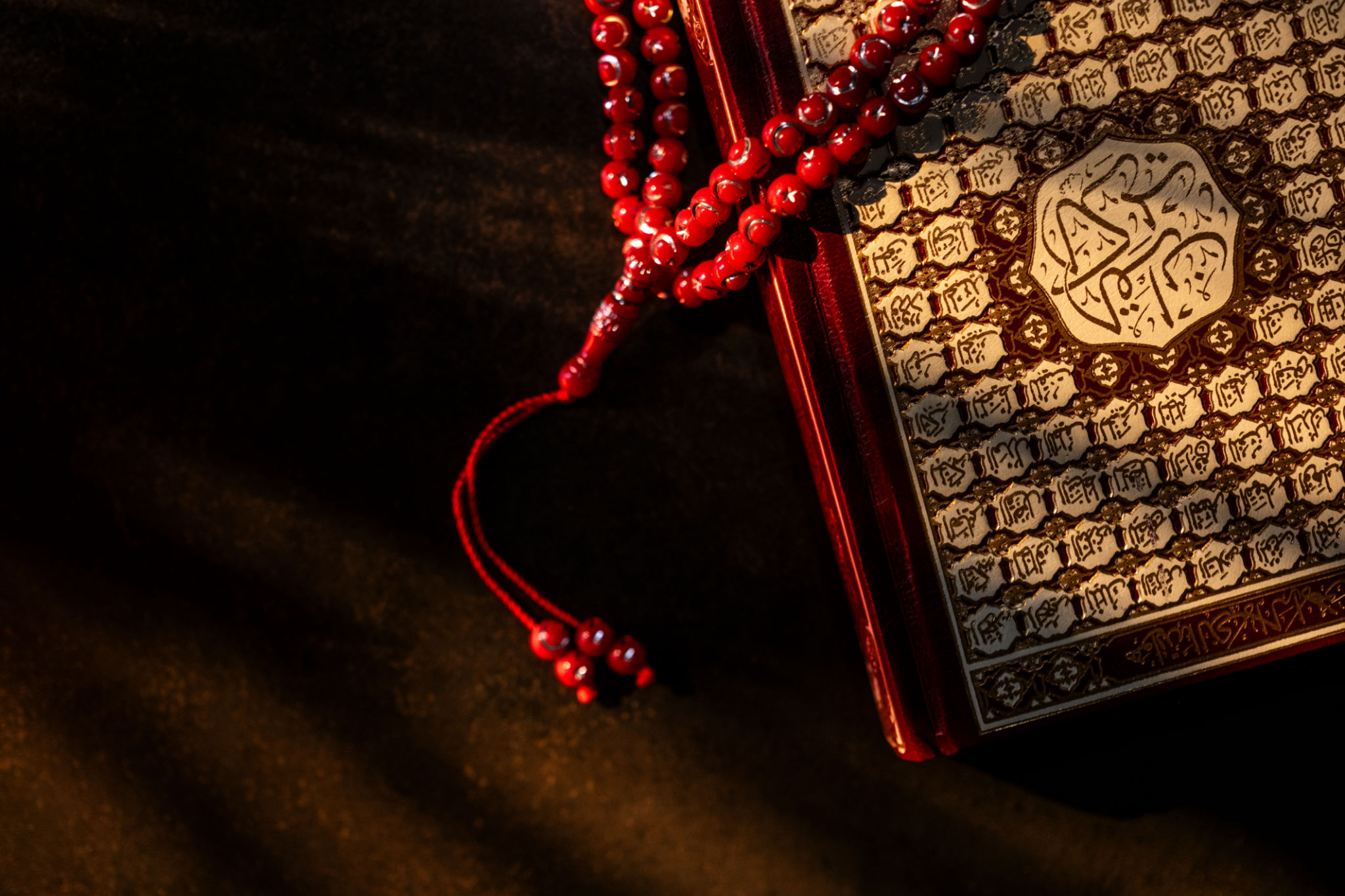- Contact
- Services & Expertise
- About
- Blog
- Services
- Black Magic Revenge & Enemy Destruction Specialist
- Love Back by Black Magic
- Black Power Spell
- Lost Love Spells – USA & UK Specialist
- International Vashikaran & Love Control Services
- Black Magic to Destroy Enemy – International Specialist
- Black Magic Specialist
- Voodoo Spells
- Black Magic Services
- Foreign Black Magic Services
Exploring the Mysteries of Black Magic: A Deep Dive into Ancient Practices
Unearthing the Origins of Black Magic
Black magic, often shrouded in mystery and fear, is a practice that has intrigued humanity for centuries. Its roots can be traced back to ancient civilizations, where it was used for various purposes ranging from healing to curses. The term "black magic" itself often evokes images of dark rituals and sinister intentions, but its historical context reveals a more nuanced picture.

In ancient Egypt, for example, magic was a crucial part of daily life and was not necessarily seen as evil. Practitioners, known as "heka," harnessed mystical forces to protect individuals and the community from harm. Similarly, in Mesopotamia, magic was employed both to ward off malevolent spirits and to secure favorable outcomes in life.
The Evolution of Black Magic Practices
As societies evolved, so did the practices associated with black magic. The Middle Ages in Europe saw a shift in perception, where magic, especially that which was deemed "black," became associated with witchcraft and heresy. This period marked a dark time for many accused of practicing black magic, as fear and superstition led to witch hunts and trials.

Conversely, in other parts of the world, such as Africa and Asia, black magic continued to be a significant cultural element. In Africa, it was often intertwined with spiritual beliefs and used in traditional healing. In Asia, particularly in regions like India and China, black magic was part of broader mystical traditions that included both light and dark practices.
Rituals and Symbols in Black Magic
Rituals are a key element of black magic, often involving intricate ceremonies intended to invoke supernatural powers. These rituals can vary widely depending on cultural context and the intended outcome. Common elements include chanting, the use of specific symbols, and offerings to deities or spirits.

Symbols play a crucial role in these rituals, acting as conduits for magical energy. Pentagrams, for instance, are often associated with black magic, though their use and meaning can vary. In many traditions, these symbols are not inherently evil but are powerful tools that must be used with care and respect.
Modern Perspectives on Black Magic
Today, black magic remains a topic of fascination and fear. While some view it as a relic of the past or a subject of fiction, others continue to practice and believe in its power. Modern practitioners often see black magic as a means of personal empowerment or spiritual exploration rather than as a tool for malevolence.
The internet has also played a role in the spread and transformation of black magic practices. Online communities offer resources, discussions, and guidance for those interested in learning more about this enigmatic practice.
Conclusion: The Enduring Allure of Black Magic
Despite its controversial reputation, black magic continues to captivate the human imagination. Its rich history and diverse practices offer a window into the beliefs and cultures of ancient civilizations. Whether viewed as a dark art or a misunderstood tradition, black magic remains an integral part of humanity's quest to understand the unknown.
